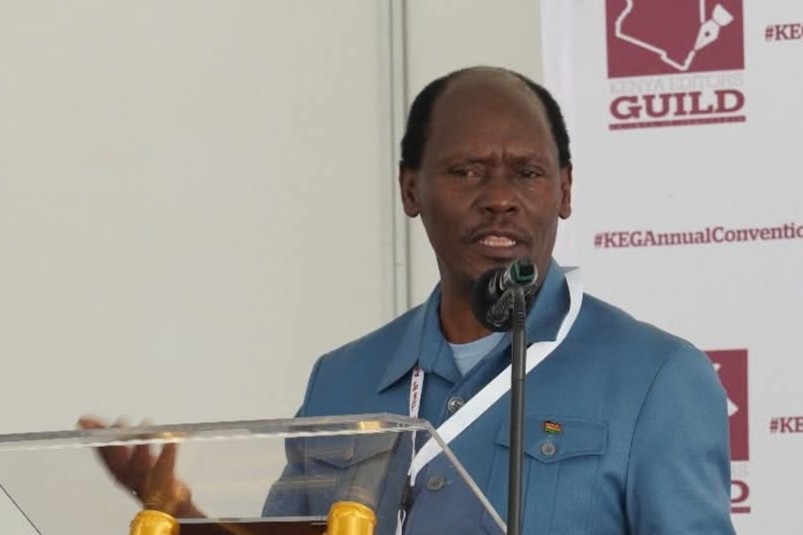
Boreholes drilled by the private sector in the country account for the largest share, a survey has shown.
“The number of boreholes drilled increased by 2.9 per cent to 47,199 in 2024/25, with those drilled by the private sector accounting for the largest share,” part of the Economic Survey 2025 shows.
The survey which was released on Tuesday by the Kenya National Bureau of Statistics shows that 20,409 boreholes were drilled in 2020/21, 39,163 (2021/22), 45,086 (2022/23), 45,856 (2023/24) and 47,199 in 2024/25.
It shows that 2,455 boreholes were drilled in 2020/21 by the public sector and a further 3,859 in 2021/22.
The public sector also drilled a further 4,323 boreholes in 2022/23, 4,348 in 2023/24 and 4,408 in 2024/25.
The private sector drilled 17,954 boreholes in 2020/21, 35,304 in 2021/22, 40,763 in 2022/23, 41,508 in 2023/24 and 42,791 in 2024/25.
The total development expenditure on water supply and related services is expected to reduce by 4.1 per cent to Sh64.3 billion in 2024/25.
The total volume of water abstracted increased from 32.5 billion cubic metres in 2023 to 32.7 billion cubic metres in 2024.
Surface water abstractions accounted for 99.3 per cent of the total volume of water abstracted in the year under review.
Abstraction from groundwater increased to 244.1 million cubic metres in 2024 from 243.9 million cubic metres in 2023.
The number of water purification points is projected to increase from 376 in 2023/24 to 380 in 2024/25.
The total quantity of fish landed increased by 4.4 per cent to 168.4 thousand tonnes in 2024.
Overall, the total value of fish landed increased from Sh35.9 billion in 2023 to Sh39.6 billion in 2024.
The net stocked plantation area increased from 144.8 thousand hectares in 2023 to 147.0 thousand hectares in 2024.
The total earnings from mineral production recorded a decline of 24.4 per cent from Sh33.8 billion in 2023 to Sh25.5 billion in 2024.
The funding for rural water supplies is expected to decrease by 24.3 per cent to Sh5 billion in 2024/25.
Expenditure on miscellaneous and special water programmes decreased from Sh1.0 billion in 2023/24 to Sh0.6 billion in 2024/25.
The development budget for the National Water Harvesting and Storage Authority is expected to decline by 25.3 per cent to Sh1.4 billion in 2024/25 due to reduced budgetary allocation for the Flood Control Works-Economic Stimulus Programme.
Similarly, development expenditure on the National Irrigation Authority is expected to decrease from Sh11.0 billion in 2023/24 to Sh7.3 billion in 2024/25, mainly affecting the Mwea Irrigation Development project (Thiba Dam and Irrigation Area), Bura Irrigation Scheme and National Expanded Irrigation Programme-ESP.
The budgetary allocation for irrigation development is expected to rise from Sh9.8 billion in 2023/24 to Sh11.5 billion in 2024/25, attributable to the additional funding of the Kenya Water Security and Climate Resilience Project (KWSCRP-II)-Mwache Dam Phase I in the coastal region.
Other factors contributing to the increase in budgetary allocation include additional funding to complete KWSCRP-I, community-based irrigation projects, the Smallholder Irrigation Programme and drought resilience programmes in Northern Kenya.






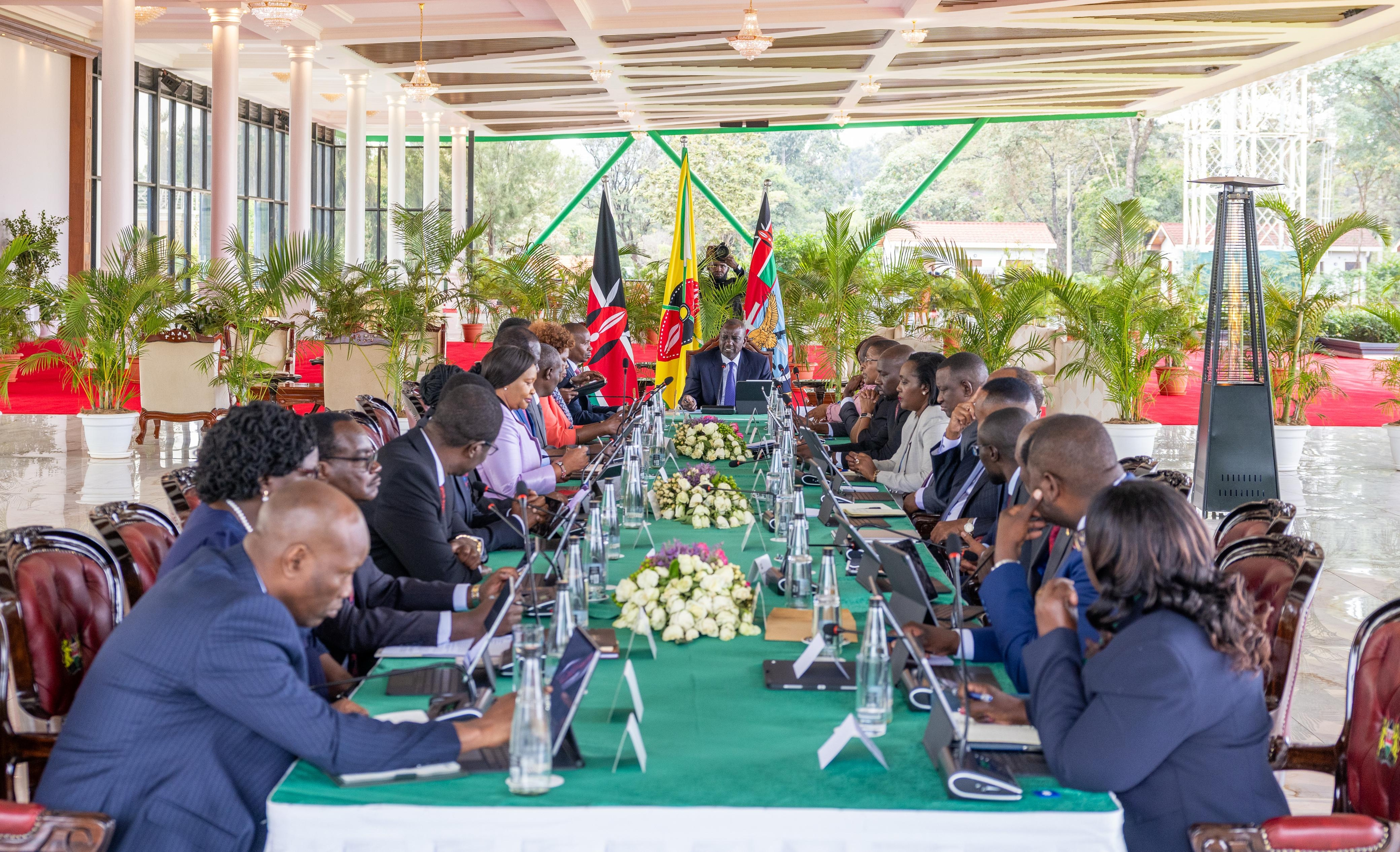
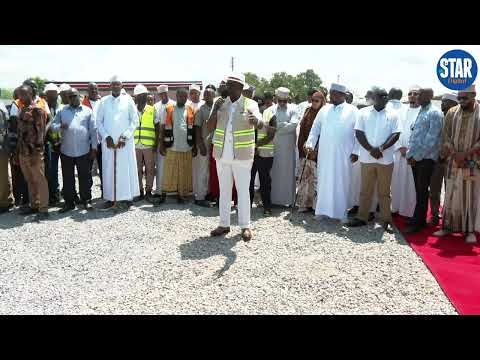

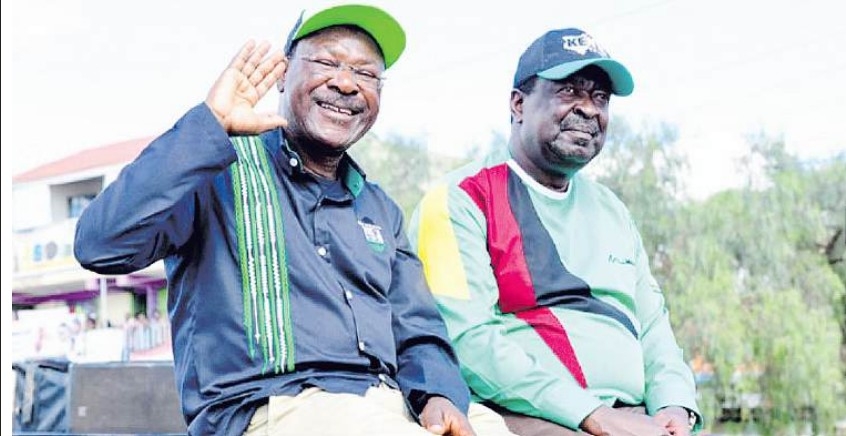
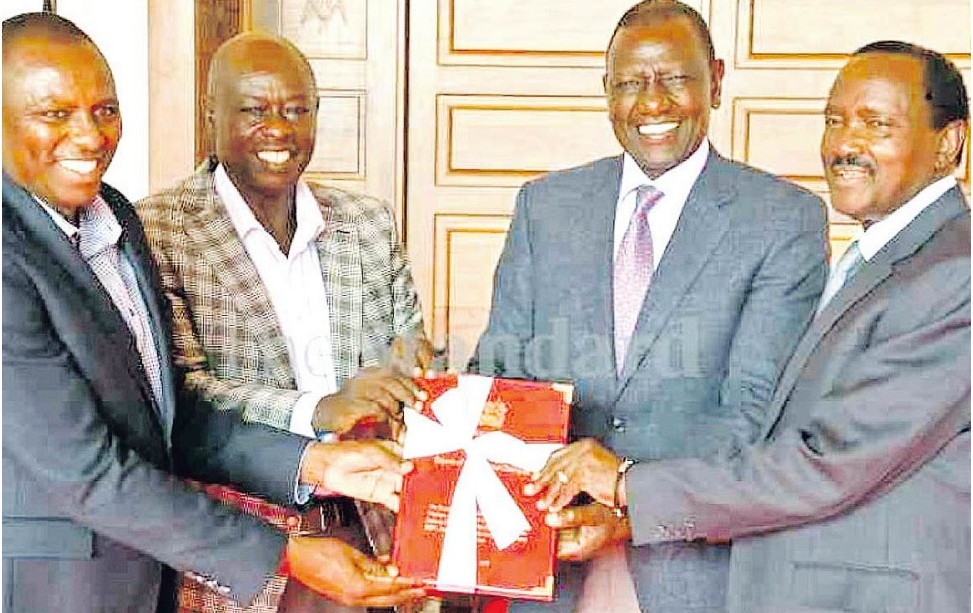



![[PHOTOS] Ruto present as NIS boss Noordin Haji's son weds](/_next/image?url=https%3A%2F%2Fcdn.radioafrica.digital%2Fimage%2F2025%2F11%2Ff8833a6a-7b6b-4e15-b378-8624f16917f0.jpg&w=3840&q=100)



